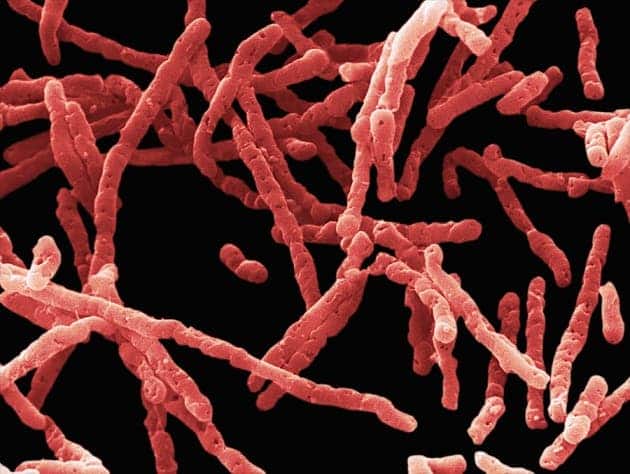Faeces based treatment halts the advance of Clostridium difficile bacteria, but a commercial treatment is still far away.

DAVID PHILLIPS/VISUALS UNLIMITED/CORBIS
Using a faeces in the treatment of the gut infections and diarrhea is not a new idea, though it’s still in its initial stages. In 2010, we told you about a woman who had a life threatening case of diarrhea, and was saved by transplating stool from her husband – in a single day !
Clostridium difficile is a bacterial infection that causes diarrhea and fever in 500.000 people in the US alone, threatening hundreds of thousands of lives every year. Some physicians now treat recurrent infections with stool bacteria transplants – basically transferring stool samples from other, healthy people, into the patients via enemas, colonoscopies or nasal tubes that run directly to the gut – that doesn’t sound too pleasant, but most results are extremely good.
Now, doctors are trying to find a way to transfer this type of treatment into a pill and make it available to the general public. So far, capsules containing these donor bacteria are effective at giving these ‘gut microbiome transplants’, according to results presented on 3 October at a meeting in San Francisco, California.
Thomas Louie, an infectious-disease specialist at the University of Calgary in Alberta, Canada, treated 31 patients with the bacterial pills, curing all but one, with this non-invasive technique. The patients all took the pills which were coated in soft gelatin to ensure that they pass the stomach and reach the intestines; scientists followed up to one year after, and found that C. difficile disappeared in almost all cases. Furthermore, they observed the reemergence of bacteria associated with healthy intestines such as Bacteroides, Clostridium coccoides, Clostridium leptum, Prevotella, Bifidobacteria and Desulfovibrio.
“This pill idea really is a big advance,” says Colleen Kelly, a gastroenterologist at Brown University’s Alpert Medical School in Providence, Rhode Island, who performs faecal microbiome transplants using colonoscopy.
Still, it’s not all good news. As good as the pill is (and it really is), the costs associated with it are still large, and someone has to pioneer a way to mass-produce it. Elaine Petrof, an infectious-disease expert at Queen’s University in Kingston, Ontario, has created RePOOPulate, a mix of 33 different types of bacteria grown in the lab to mimic the microbiome; it took her two years, and the process is still difficult.
“Honestly, good luck to you,” she says to companies trying to commercialize the technology.
To put it simply, it’s much less costly to use the more invasive procedure of poop transplant, which … is already available everywhere.






